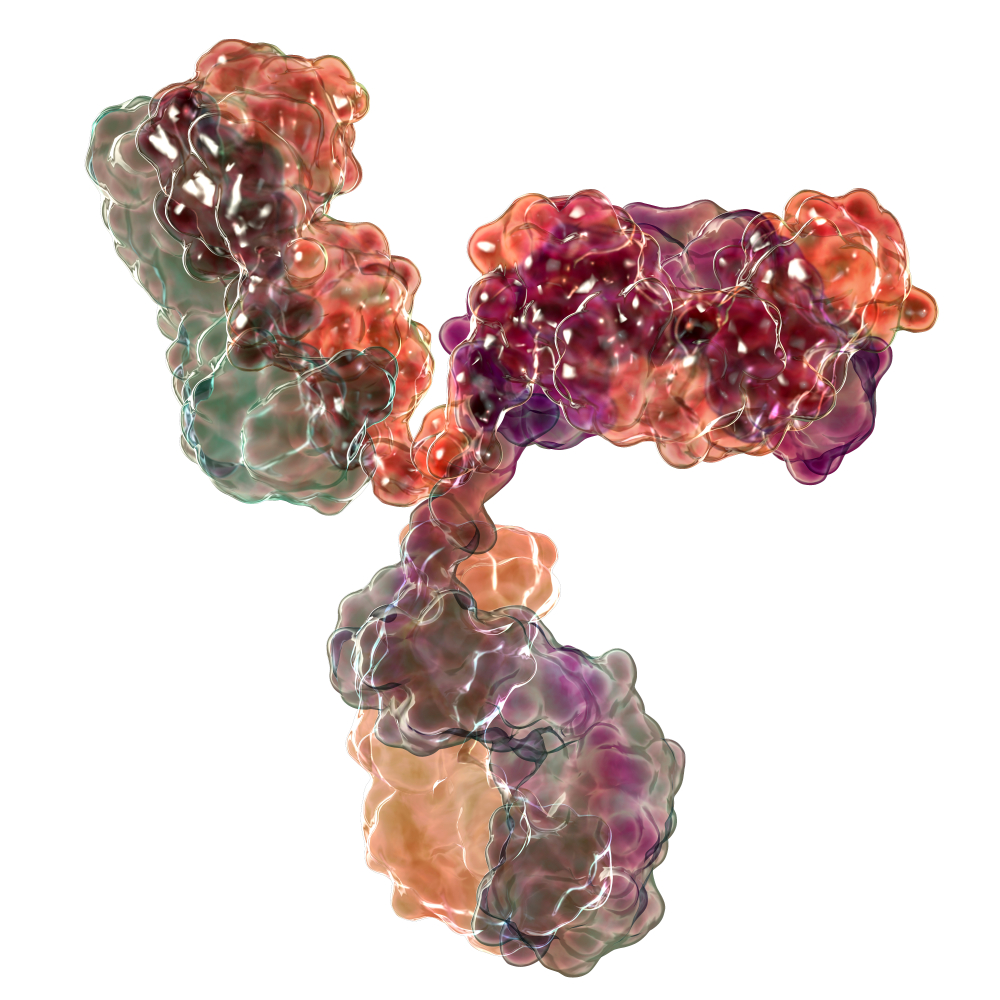MOUSE ANTI-PLASMODIUM VIVAX LDH ANTIBODY (M300)
Mouse anti Plasmodium vivax LDH antibody (clone M300) recognises lactate dehydrogenase (LDH) from Plasmodium vivax. The antibody does not cross react with other Plasmodium species. The antibody is suitable for ELISA and lateral flow applications. M300 (MAB12349) can be used as an antibody pair with M301 (MAB12350).
PRODUCT DETAILS – MOUSE ANTI-PLASMODIUM VIVAX LDH ANTIBODY (M300)
- Mouse anti Plasmodium vivax LDH (IgG1, clone M300) monoclonal antibody recognises Plasmodium vivax lactate dehydrogenase.
- The antibody does not cross react with other Plasmodium species.
- Suitable for use in ELISA and lateral flow applications.
- Purified by Protein A chromatography. >90% purity by SDS-PAGE.
- Presented in phosphate buffered saline, pH 7.3 with 0.05% sodium azide.
BACKGROUND
A quick and accurate diagnosis of malaria is essential prior to treatment to prevent progression to severe disease and to reduce the reservoir of parasites in the human population. Diagnosis of malaria is currently based on clinical symptoms, blood film for malaria parasites (BFMP), polymerase chain reaction (PCR) and rapid diagnostic test (RDT). Plasmodium vivax lactate dehydrogenase (LDH) enzyme is essential for energy production by the parasite, and is considered to be a potential target for anti-malarial drugs. P. vivax LDH has also been identified as a potential diagnostic marker for the detection of P. vivax antigen in human blood. P. vivax LDH enzyme has been used as a target antigen in the development of rapid diagnostic tests (RDTs) for malaria diagnosis. Malaria is a globally widespread infectious disease caused by obligate intracellular protozoan parasites of the genus Plasmodium. Five different species of Plasmodium are known to cause disease in humans including P. falciparum, P. vivax, P. ovale, P. malariae and P. knowlesi. Most cases of Malaria occur in African regions and the Americas. In African regions, P. falciparum causes the majority of malaria cases, whereas P. vivax is the predominant cause of malaria in regions of the Americas (WHO).
Cases of malaria caused by P. ovale and P.malariae are uncommon or rare. Cases of malaria caused by P. knowlesi are common in Malaysia and are reported to be on the increase (Barber, BE). Malaria is a mosquito-borne disease that is transmitted to humans through the bite of infected female mosquitoes of the Anopheles species. It may also be transmitted to individuals through the transfusion of contaminated blood, but this is rare. Many different species of Anopheles mosquitoes have been identified as vectors for malaria and the species can vary according to geographical location. The Anopheles mosquitoes, causing most cases of malaria, bite from dawn until dusk and lay their eggs in shallow water, which develop into larvae and then emerge as adults. In uncomplicated cases, malaria can develop over a period of 7-18 days. The symptoms of malaria include fever, general malaise, nausea, chills, myalgia and headache. In cases of severe malaria clinical symptoms include confusion, acidosis, hypoglycaemia, anaemia, renal impairment and jaundice. If left untreated, cases of severe malaria can worsen leading to coma and death. The progression of the disease to severe malaria can depend on many factors including the species of the Plasmodium species involved, the age of the individual, immune status, correct diagnosis and availability of treatment (WHO)
REFERENCES
- World Health Organization: Malaria. Key facts.

